Hotline: +381 61 63 84 071
EU cooperation to address normalisation of violence against women and girls
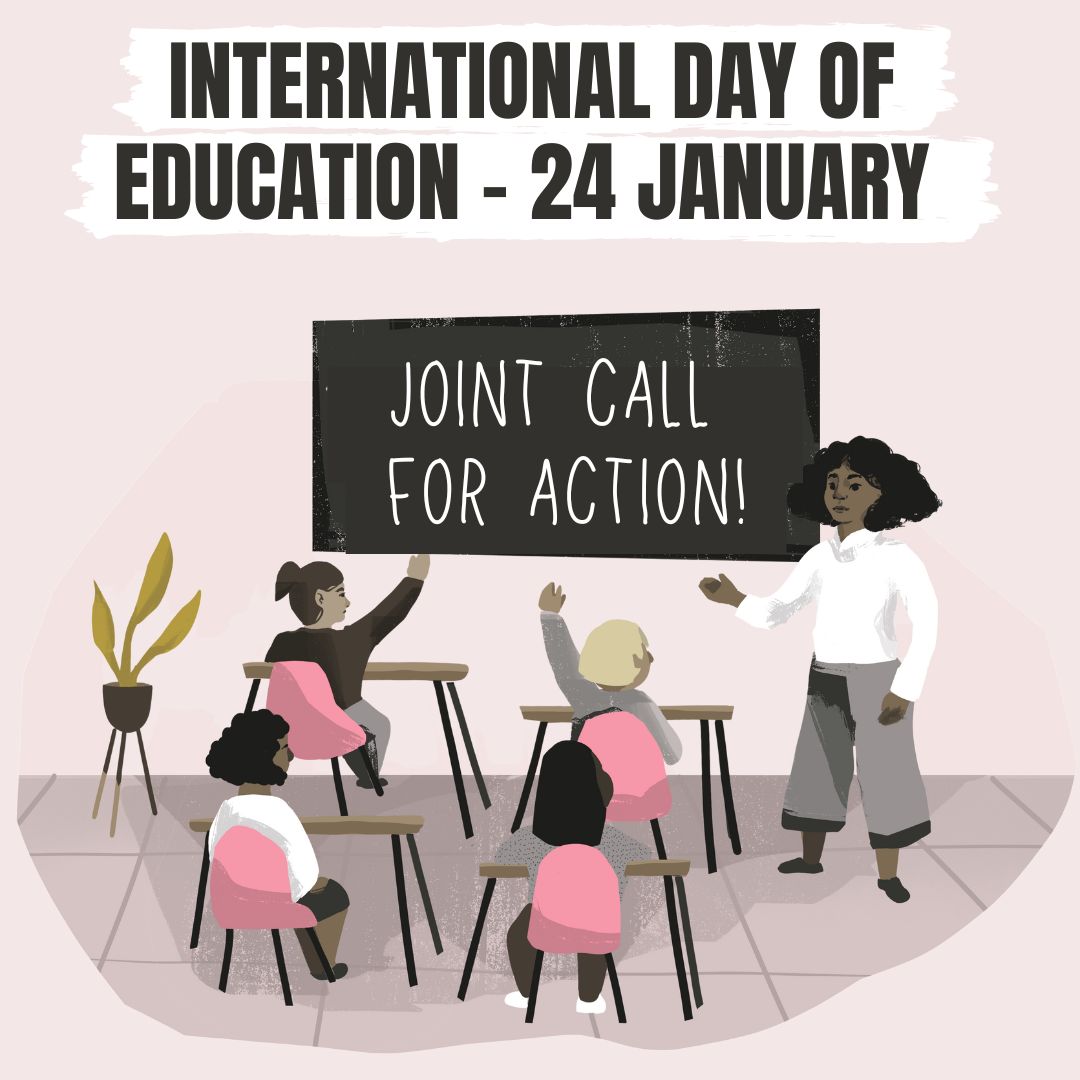
Summary
Gender norms and perceptions are known to play an important role in child trafficking and commercial sexual exploitation of children. In our work, Child 10 and the Awarded Members 2022 have seen a rise in violence against women and girls which both literature and our experience on the ground links to a hyper-sexualisation of women and girls’ bodies in media and everyday life and a de-sensitization of abuse and violence towards them. To address this, Child10 and the 10 Awarded Members call for prompt introduction and implementation of the following important measures in all countries across Europe,
- Implementation of mandatory age-appropriate and repeated educational modules for all children on trafficking and sexual exploitation of children online and offline, as well as on healthy relationships, children’s understanding of sexual consent and equality between genders.
- Introduction of common guidelines including a toolkit for media companies to facilitate positive discourse and storytelling around women and girls’ issues and to discourage the use of language, tokens or practices that normalise both the objectification of women and girls as well as violence against them. Furthermore, the introduction of regulatory oversight to ensure the above is implemented at both the national and European levels.
Gender norms and perceptions are known to play an important role in child trafficking and commercial sexual exploitation of children. With over 90% of the victims of sexual exploitation being women and girls, this is clearly a gendered crime. While the reasons for women and girls being more victimised than men and boys are vast and complex, a clear pattern of trivialization of the abuse of women and girls emerges when we observe how women and girls are objectified and their bodies hypersexualized in both media and everyday life. Trafficking and commercial sexual exploitation of children is deeply connected to gender norms and this normalisation whereby women and girls are portrayed and perceived as commodities intended for pleasure (mostly of men), not only perpetuates harmful gender stereotypes but further exacerbates violence against them.
Women and girls are more often depicted in a sexual manner in the media, objectified in advertising, particularly that targeted towards men, and pressured into conforming to sexist sexualized narratives and problematic stereotypes about women and girls’ bodies, affecting their self-esteem. Furthermore, in their interactions with youth, victims and children at risk, the Child10 Awarded Members see that the ease of access to violent porn portraying women and girls as enjoying harmful and violent sexual acts, influencers who create and share sexual content that is being mimicked by young users on social media platforms and the rise of websites like OnlyFans which have created entire business models out of the sexualization and commodification of women and girls’ bodies have further normalised this perception. The above practices, while being harmful to women and girls on the one hand, also contribute to a stereotype amongst boys that success and attractiveness are tied to dominance, power as well as aggression. Gender stereotypical thinking, perception and behaviour, therefore, is harmful to women and girls but also to young boys growing up with a toxic perception of masculinity.
Over 400 million children around the world, the majority of which are girls, are exposed to child sexual exploitation and abuse (CSEA). With younger and younger children having smartphones and internet access, this exploitation and abuse no longer only exists offline but has made a major shift to the online world. In the first six months of 2022, Internet Watch Foundation received almost 20,000 reports (up from 12,000 compared to the previous year) of images of children between the ages of seven and ten, who were manipulated into recording self-generated child sexual abuse material (SG-CSAM). In fact, self-generated child sexual abuse material is increasing at an alarming rate as has been verified by organisations working on the ground as well as recently conducted surveys and reports. According to a publication by Thorn from 2020, 27% of kids aged 9–17 and nearly 40% of kids aged 13–17 agreed that it is normal for people their age to share nudes with each other. Indeed, this sharing of images can be seen as normal and is not harmful as such, as long as it stays in a trustworthy relationship among peers, without any pressure or manipulation. But while sharing of nudes has become a common form of sexual self-expression among youth, Child10 Awarded Members are repeatedly seeing an increase in cases where young people have become exposed to perpetrators looking for opportunities to groom and exploit children by pressurising and manipulating them to obtain SG-CSAM.
Another trend highlighting the normalisation of commercialisation of women and girls’ bodies as well as violence against them is slut-shaming and victim-blaming behaviour. According to the same report, 60% of the children surveyed blamed the victim if their private images were re-shared or posted online. Victim-blaming behaviour was found to be most common among young boys aged 13–17 who were also the group most likely to be re-sharing other people’s images.
The above literature and the experience of the 11 organisations behind this initiative demonstrates the connection between gender stereotypes and exploitation and violence against women and girls. Regardless, concrete efforts to address this normalisation of commercialisation of women and girls’ bodies and the perpetuation of harmful gender stereotypes against them are missing from policy and legislation. Long term change cannot be achieved without engaging the law, and we therefore believe that current resolutions, strategies and relevant legal instruments should be reviewed and updated to reflect and fill these gaps over the long-term. While a legislative change is a long-term goal, steps are needed today to address this concerning trend.
Child10 and the Child10 Awarded Member Organizations for 2022 are working across Europe to prevent and protect children from commercial sexual exploitation and trafficking. An important aspect of this work is also to protect children, especially girls, from the overt sexualisation that normalises the objectification of their bodies and in turn, violence against them. To effectively address this, increased efforts focusing on prevention and tackling the root causes of the hypersexualisation of women and girls and the normalisation of violence against them are urgently needed. To achieve this, all countries across Europe must increase protection and empowerment of girls through prevention education focused on changing attitudes of both girls and boys and challenging stereotypes as well as introducing guidelines and regulatory oversight to target these harmful practices in the media and beyond. Please read more about our proposed areas of intervention needed at the European level below.
Education:
Child10 and the 2022 Awarded Members jointly call for the urgent need to implement mandatory age-appropriate and repeated educational modules for all children on trafficking and sexual exploitation of children online and offline, as well as on healthy relationships, children’s understanding of sexual consent and equality between genders in all countries across Europe.
The members understand that it is an issue currently tackled by national governments, however, we strongly believe that given the urgency and importance of such prevention education and the catastrophic consequences of it either missing from curriculums or not being implemented in a good way, are too high to be left only to national governments. As an issue that concerns the safety and security of all children across Europe, it should be given the importance and urgency that it demands at the European level.
Media Cooperation:
The importance of media as a contributor to and often shaper of trends and narratives cannot be ignored. It exerts a massive influence on our everyday lives and affects our perception of reality, safety as well as right and wrong. Research indicates that the media industry has a tendency to, among other things, sexualize women and girls and trivialise violence against them. However, research also shows that, with the right guidelines and safeguards in place, the same media can exert a positive influence in this area.
We therefore, want to highlight the need for common guidelines including a toolkit which media companies across Europe can use to guide and facilitate positive discourse and storytelling around women and girls’ issues and to discourage the use of language, tokens or practices that normalise both the objectification of women and girls as well as violence against them. It is also equally instrumental to follow up on the implementation of the above on a national level in collaboration with the relevant national bodies such as media regulatory agencies.
European governments must now urgently act and implement the above initiatives in line with a child-rights based approach and in collaboration with civil society organisations who have invaluable knowledge and experience in this field. Only by working together can we eradicate trafficking and commercial sexual exploitation of children.
List of organisations:
Child10, Sweden
Netzwerk gegen Menschenhandel (Network against Human Trafficking), Germany
Child Focus, Belgium
Asociación para la Prevención, Reinserción y Atención a la Mujer Prostituida (APRAMP), Spain
ATINA (Association of Citizens to Combat Human Trafficking and All Forms of Gender-Based Violence), Serbia
Suojellaan Lapsia (Protect Children), Finland
Agir Contre la Prostitution des Enfants (ACPE), France
Society Ključ, Slovenia
Storasyster, Sweden
Gender Alternatives Foundation, Bulgaria
Centar za nestalu i zlostavljanu djecu (Centre for Missing and Exploited Children), Croatia

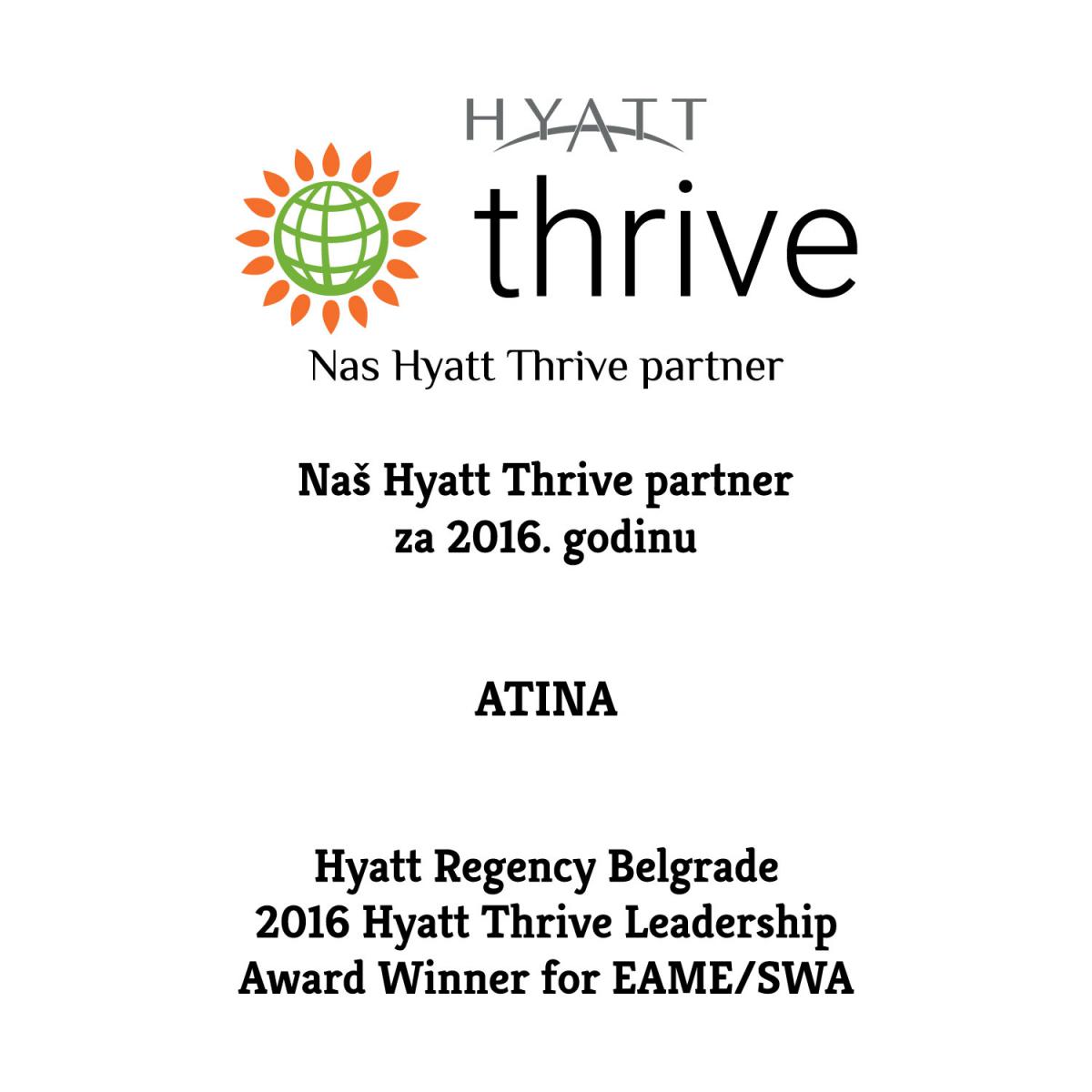
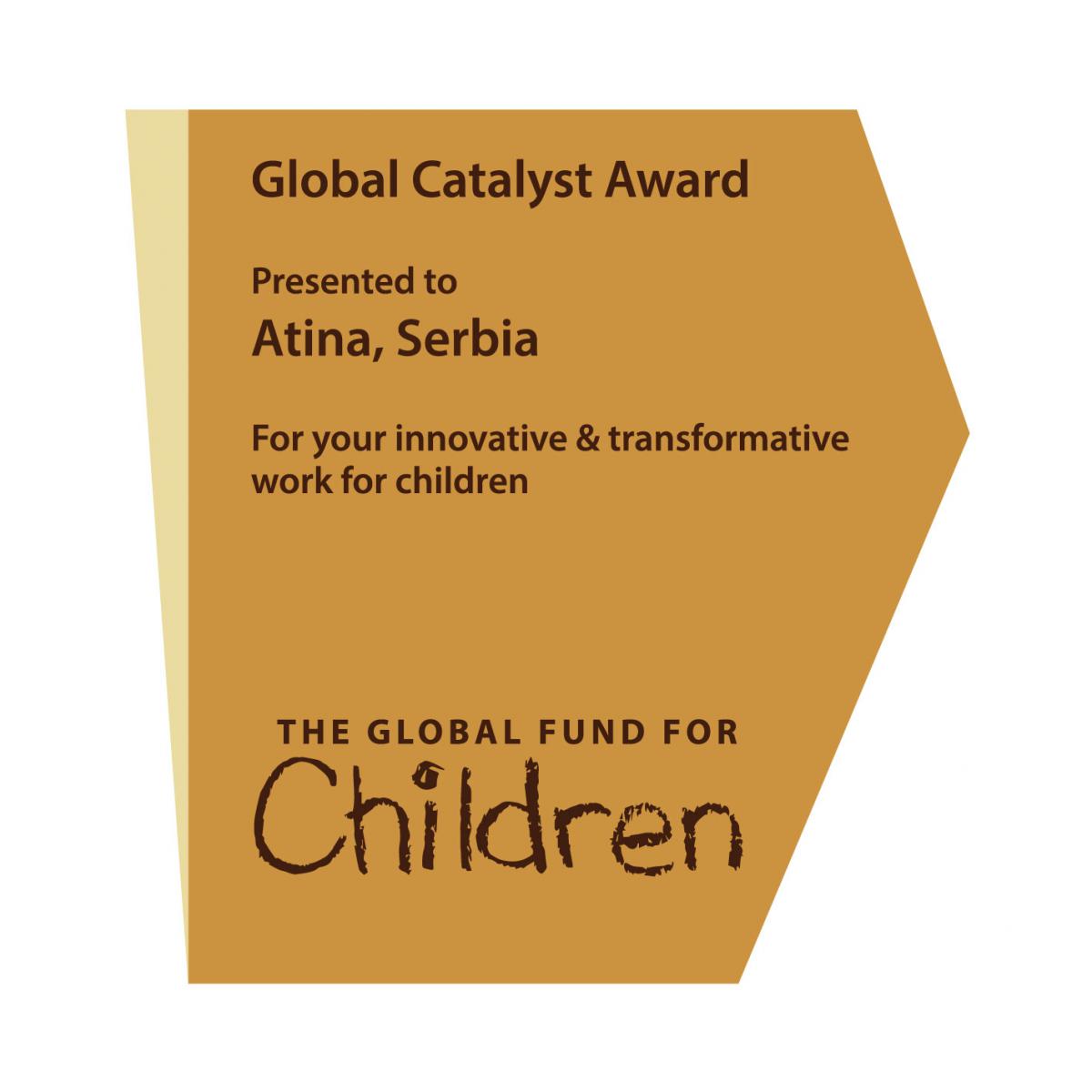
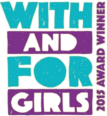
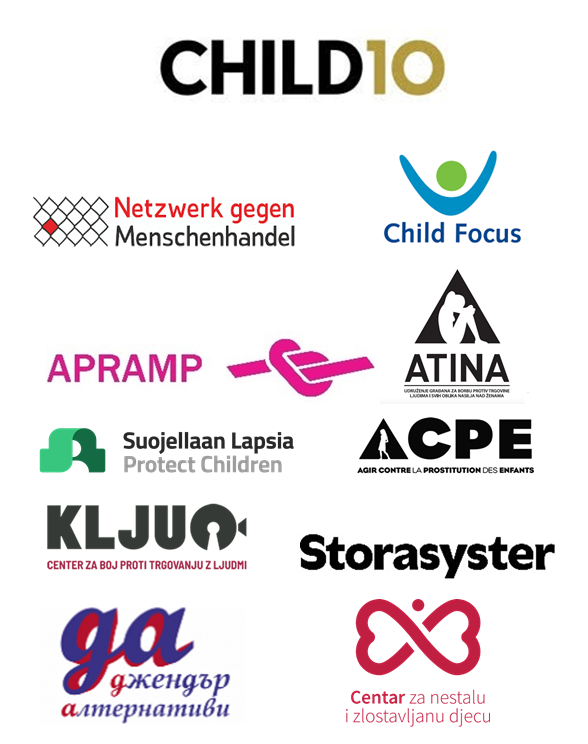
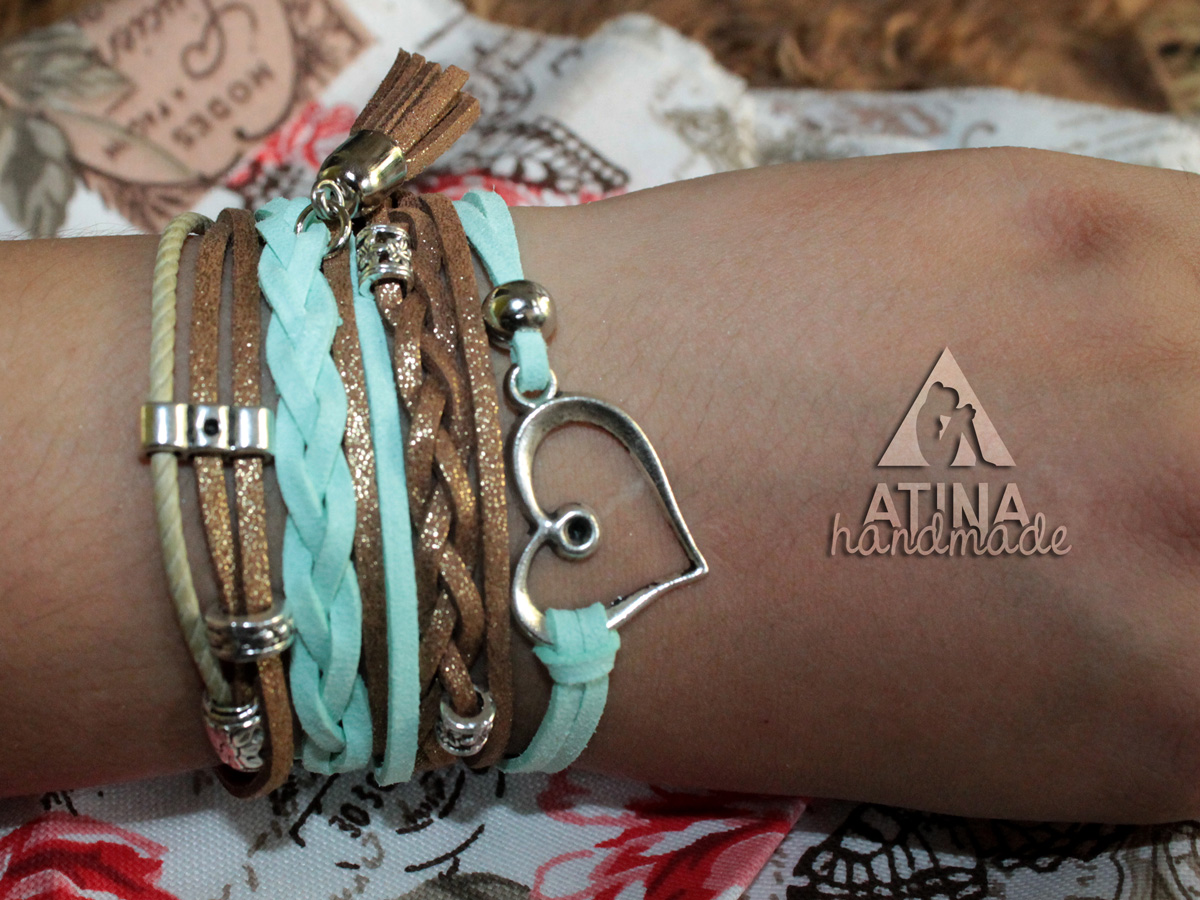







 FACEBOOK
FACEBOOK TWITTER
TWITTER YOUTUBE
YOUTUBE